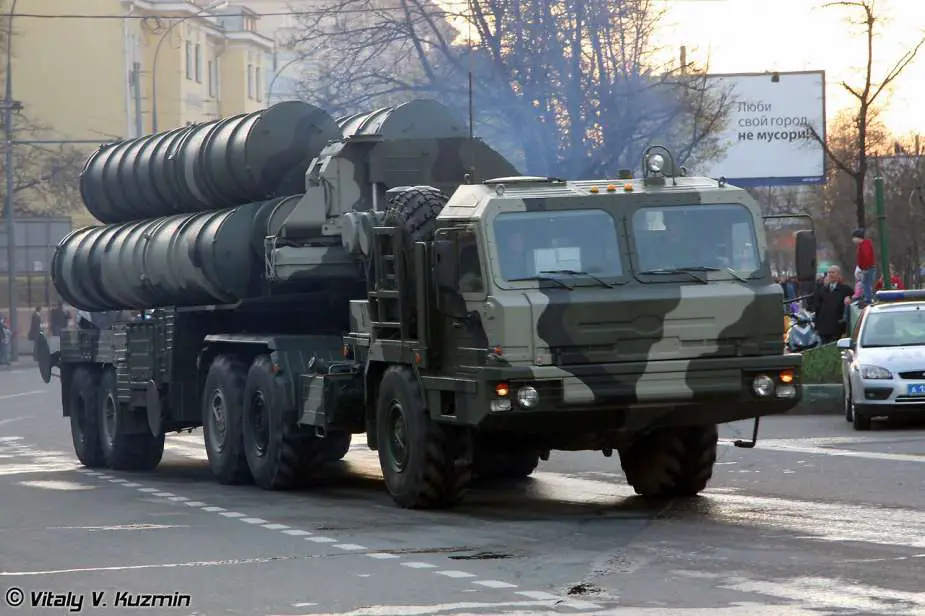Breaking news
India to deploy indigenous LR-SAM air defense system in 2028.
According to the Times of India on October 30, 2023, India plans to deploy its indigenous long-range air defense system (LR-SAM) by 2028-2029. Developed under Project Kusha by the Defense Research and Development Organisation (DRDO), the system is designed to detect and neutralize various threats, including stealth fighters, aircraft, drones, cruise missiles, and precision-guided munitions, with a range extending up to 350 km.
Follow Army Recognition on Google News at this link

The Indian LR-SAM will have interception capabilities similar to the Russian S-400's ones (Picture source: Vitaly Kuzmin)
According to sources, the LR-SAM system's interception capabilities are comparable to those of the Russian S-400 air defense system recently acquired by the Indian Air Force (IAF). The operational deployment of the LR-SAM is expected to enhance India's air defense capabilities, offering protection against an array of modern and emerging aerial threats. For example, the Pakistani Air Force (PAF), which recently demonstrated its ability to destroy an Indian S-400 during the Indus Shield 2023 exercise.
The Cabinet Committee on Security approved the LR-SAM system as a "mission-mode" project in May 2022. Following this decision, the Indian defense ministry authorized the procurement of five squadrons of LR-SAM systems for the IAF at a cost of Rs 21,700 crore (approximately $2.606.413,04) in September 2023.
The LR-SAM system is equipped with long-range surveillance and fire control radars and features multiple interceptor missiles designed for various engagement distances, including 150 km, 250 km, and 350 km.
Sources within the project emphasize the system's reliability, with a single-shot kill probability of not less than 80% for single missile launches and not less than 90% for salvo launches, indicating the system's ability to neutralize several threats simultaneously. The LR-SAM's primary mission will be to provide comprehensive air defense coverage for strategic and tactically vulnerable areas.
The system has been designed to effectively counter high-speed targets with low radar cross-sections. According to DRDO sources, the LR-SAM can engage fighter-sized targets at a range of 250 km and larger aircraft like AWACS (airborne warning and control systems) and mid-air refuelers at a distance of 350 km.
The LR-SAM system will be integrated with the Indian Air Force's integrated air command and control system (IACCS), an automated air defense network, progressively building data links to connect various military and civilian radars, enhancing surveillance across Indian airspace.
The Indian Air Force employs a range of air defense systems, from fighters to ground-based missile systems. These systems include older missile systems such as the Soviet-era Igla-S, OSA-AK-M, and S-125, as well as more modern options like the Israeli Spyder air defense system with a range of 15 km. Additionally, the indigenous Akash air defense missiles offer a 25 km range, while the Barak-8 medium-range system, developed in collaboration with Israel, extends their reach to over 70 km.
The Indian Air Force has been anticipating the arrival of the final two S-400 Triumf squadrons over the next year, as part of a $5.43 billion contract signed in 2018. The initial three S-400 squadrons have been deployed in northwest and east India, with a range of 380 km, bolstering India's defense posture in these regions. However, the deployment schedule for the S-400 Triumf squadrons has faced delays, primarily due to the ongoing Russia-Ukraine conflict.


























